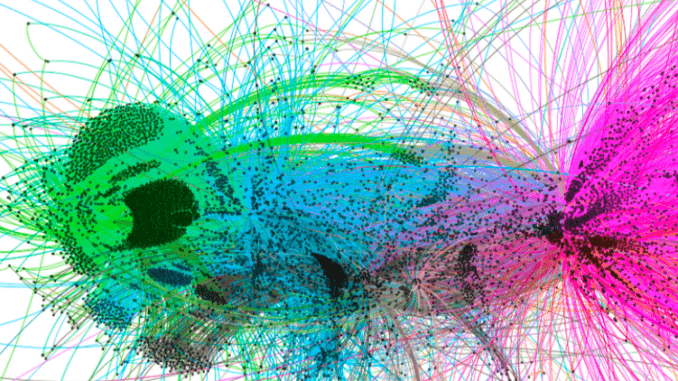
Google has announced the launch of a system to search for and collect data from the Ethereum blockchain, including data on transactions from self-excecuting contracts. It will operate via its BigQuery enterprise data analysis platform.
While not specifically connected to the legal sector, it’s another sign of the normalisation of smart contracts and how big players such as IBM, and now Google, are moving into the area.
In a public statement the company set out three main use cases that it can see for now. These mainly relate to crypto transactions, but this is just a starting point and perhaps could lead to more interesting search and analysis use cases when more complex smart contracts come into use.
The use cases are:
Popular Smart Contract Event Logs
Google says they can demonstrate ‘querying the dataset’s transactions and contracts tables to find the most popular smart contracts, as measured by transaction count’.
Why would anyone do that? Good question. Perhaps this may help data analysts to better understand the activities on a blockchain, to see transactional trends emerge, or perhaps even spot the emergence of risk, or even to better understand what is ‘normal’ or ‘market’ for the use of smart contracts?
And, Transaction Volumes and Transaction Networks
‘There are many types of tokens being distributed on the Ethereum blockchain, and their patterns of distribution vary by type and also by time. By looking at each token’s transaction activity, we can measure which are more popular in aggregate or within a given time frame,’ says Google.
This could perhaps allow an analyst to map the flow of tokens across a network, as well as out of it into wallets. This could be useful for those blockchain users looking to understand a network’s financial dynamics. It could also perhaps be used to highlight risk hotspots where there is a sudden surge of transactions, or where tokens are streaming out into certain wallets. But, that’s just Artificial Lawyer hypothesising…who knows where this will lead….?
Plus, Analysis of Smart Contract Functionality
‘There are many other functions that can be implemented by a smart contract. Fortunately, many smart contracts’ source code is freely available to use (open source).
‘We can use this to gain some knowledge about what other contracts do from the name of the function, even for those of which we don’t have the source code, because common function names will share a common signature,’ says Google.
And this is perhaps the most interesting as far as lawyers are concerned, as it would give a picture of what types of contracts are out there and what they are doing – which will become more important in the future once complex smart contracts enter into wider working use.
As mentioned, these are really early days and the focus here is on the visibility of what are basically crypto transaction agreements, rather than complex legal agreements. But, this suggests that the off-chain world of applications, such as Google’s massive global search capability wants ‘in’ on this, and that bodes well for adoption of this tech.
It’s also another sign of the on-chain and off-chain worlds finding a way to work together. Earlier this week Artificial Lawyer covered the example of ChainLink which is working with OpenLaw to get around the problem of fiat currencies in an on-chain environment by using an ‘oracle’, which is a bridge between the network of nodes that form a blockchain and the outside world (see story). This should help lawyers and clients using fiat currencies to build smart contracts that can still operate via a blockchain.